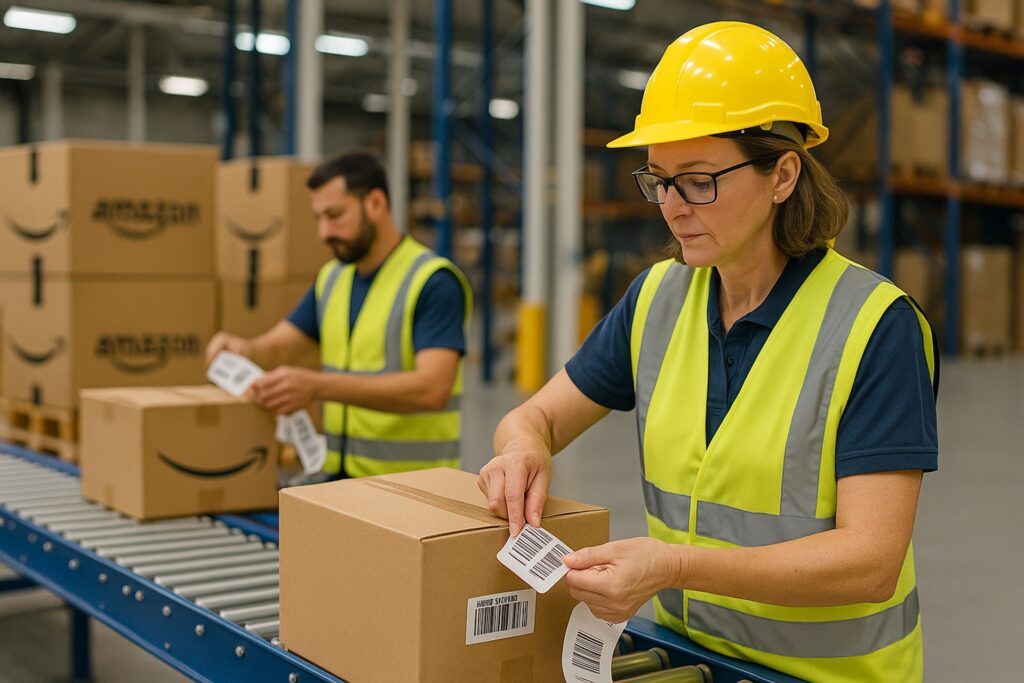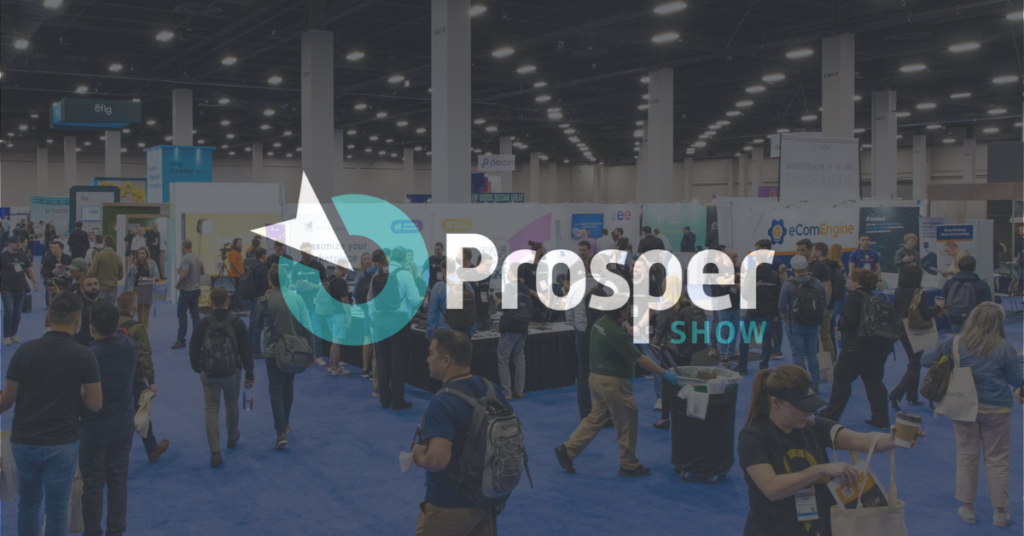- Blog
-
Uncategorized
Amazon ends FBA prep services on January 1, 2026: Your 5‑step action plan
Amazon is discontinuing all FBA prep and labeling services on January 1, 2026. Follow this 5‑step checklist to stay compliant, avoid FBA reimbursement denials, and protect your margins.

TL;DR
Amazon will stop offering Fulfillment by Amazon (FBA) prep and item‑labeling services for U.S. sellers on January 1, 2026, as confirmed in the official Amazon FBA prep requirements 2026 update. From that date, every unit must arrive 100 % compliant—otherwise, you lose both inventory and reimbursement rights. Use the time between now and December 31, 2025, to tighten your prep workflow and sweep outstanding reimbursement claims before Amazon completely discontinues FBA prep services.
1. What’s changing?
“Shipments created after January 1 that arrive without proper prep and item labeling won’t be eligible for reimbursement if items become damaged or untraceable.”
— Amazon Seller Central announcement, July 28, 2025
Effective January 1, 2026, Amazon’s in‑house prep services vanish. When Amazon discontinued FBA prep services, the financial risk of poor prep shifted squarely to you. A single denied claim on a high‑volume SKU could wipe out profit.
Key dates
| Date | Action |
| Now → December 31, 2025 | Amazon prep is still available. Audit your processes, fix gaps. |
| January 1, 2026 | Prep + labeling services end. All new shipments must be fully compliant. |
| Post‑deadline | Non‑compliant units are unreimbursable if lost or damaged. |
2. Why it matters
Without Amazon’s safety net, every mislabeled or poorly packaged unit puts you on the hook for:
- Refused inventory (extra freight + delays)
- Damage‑related write‑offs
- Lost items
- Negative inventory performance index (IPI) hits
Dialing in compliance now is the easiest way to avoid FBA reimbursement denials later.
3. Five‑step compliance checklist
- Label every unit with a unique, unobstructed FNSKU. Cover retail barcodes (UPC, EAN, ISBN) unless they serve as the FNSKU.
- Apply Amazon‑approved packaging:
- Fragile: bubble‑wrap, drop‑test pass
- Liquids: double‑bag + secure seal
- Textiles: poly‑bag + suffocation warning
- Sharp objects: fully enclosed, edge guards
- Bundles: “Sold as set” sticker, individual barcodes covered
Inventory tip: If you create shipments using InventoryLab, you’ll see which prep is required for each item and get a notification if you try to submit an incorrectly prepped product. You can also attach Amazon Dangerous Goods information in InventoryLab, so compliance data flows straight to Seller Central. Learn how.
- Respect size & weight limits. Verify units and master cartons against Amazon thresholds to avoid refused deliveries or extra fees.
- Add a QC checkpoint. Final visual inspection + time‑stamped photo log before each truck departs.
- Retrain every shift. Short SOP videos and floor posters beat one‑off memos.
Pro tip: Insert QR codes on posters that link to your latest SOP doc so updates propagate instantly.
4. 20‑minute catalog audit
| Step | Action |
| 1. Export | Download the FBA Inventory Report (Seller Central → Reports → Fulfillment) and open it in Sheets or Excel. |
| 2. Add quick filters | Turn on filters for Hazmat, Oversize, Dangerous Goods, and Fragile/Glass columns. |
| 3. Tier your catalog | Bucket SKUs into three risk tiers:Tier 1 – High risk: hazmat, liquids, glass/fragile, blades, oversized/heavy.Tier 2 – Medium risk: textiles, bundles, items with loose parts.Tier 3 – Low risk: standard‑size, durable, already labeled. |
| 4. Prioritize the 20 % driving 80 % of GMV | Sort by last‑30‑day ordered revenue and highlight Tier 1 & Tier 2 ASINs—they hold the biggest exposure. |
| 5. Run sample prep tests | Pick one representative ASIN from each risk tier. Walk it through your new SOP—labeling, packaging, QC photo log, and drop test—and record pass/fail. |
| 6. Document gaps & assign owners | Log every fail in a shared sheet or Kanban board, tag the responsible prep station or supplier, and set a due date. |
| 7. Rinse & repeat monthly | After the first deep dive, a 10‑minute refresh each month keeps the list current and spotlights new SKUs. |
5. Maximize remaining reimbursements with Margin Pro
Amazon’s prep safety net is disappearing, but the reimbursement window on existing shipments stays open until December 31, 2025. Our automated reimbursement software—Margin Pro—handles the heavy lifting:
- Reviews up to nine months of history to catch missed claims.
- Auto‑files cases with pre‑filled evidence—no copy‑paste.
- Tracks claim status and reimbursements in a real‑time dashboard, giving Finance line‑item visibility for effortless reconciliation.
Margin Pro users typically reclaim 1–3 % of annual FBA revenue, often within the first month. For a deeper dive into the workflow, visit our dedicated FBA reimbursement service page.
After January 1, 2026, Margin Pro will still monitor carrier errors and warehouse loss, but claims on non‑compliant inventory will be auto‑rejected by Amazon. So, make compliance your first line of defense.
FAQs
Do shipments created before January 1, 2026, still get Amazon prep?
Yes. Amazon honors prep on any shipment created by December 31, 2025, even if it arrives later. Eligibility is based on the shipment ID creation timestamp, not truck arrival.
I use Amazon Warehousing & Distribution (AWD). Am I affected?
Absolutely. AWD inbound shipments will reject non‑prepped inventory from January 1, 2026, onward. AWD cross‑docks directly into FBA, so prep errors cascade.
Does this change impact Multi‑Channel Fulfillment (MCF) orders?
Indirectly. FBA inventory fuels both Amazon.com and MCF. If an inbound unit is deemed non‑compliant, you eat the loss whether the sale is on Amazon, Shopify, or anywhere else.
What if I outsource prep to a 3PL?
You’re still the accountable seller. Audit your 3PL’s SOPs—barcode placement, poly‑bag thickness, suffocation warnings, carton durability. Require a photo log to be retained for 12 months.
How can I be sure I’ve claimed everything I’m owed before the cutoff?
Margin Pro scans up to nine months of historical data and monitors new events daily. Because Amazon only allows most loss‑or‑damage claims for 60 days, automated daily monitoring is essential after prep services end.
Next steps
- This week: Audit your top ASINs and close packaging gaps.
- By September 30, 2025: Update SOPs and retrain staff.
- Q4: Send a trial shipment to validate the new workflow.
- Ongoing: Margin Pro automatically monitors your account daily and files claims—no manual sweeps required.
Ready to lock in your reimbursements?
Book a free audit →
It’s risk‑free—Margin Pro only gets paid when you do.





















